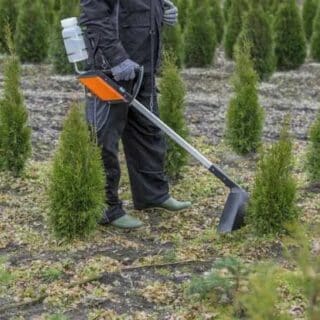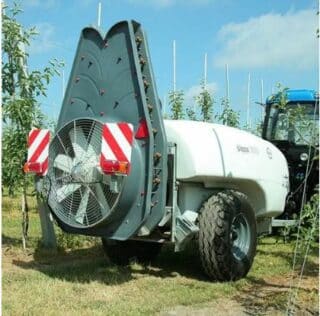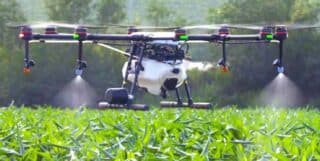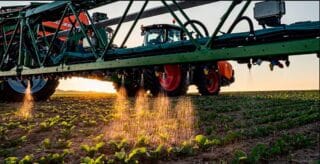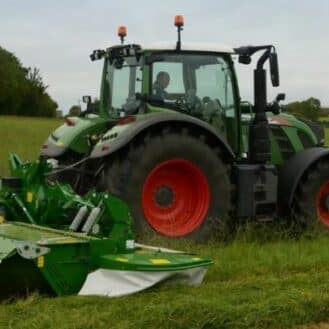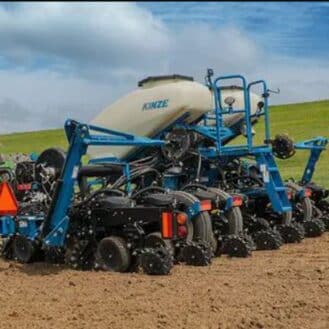One of the most important goals in the application of agricultural pesticides is to get uniform distribution of the chemicals throughout the crop foliage. Underdosing may not give the desired coverage and control needed. Overdosing on the other hand increases the potential for groundwater contamination.
It is important to choose the right technology for your intended use:
- Hydraulic sprayers have a pumping system that transports the spray material through hoses from the storage tank to the nozzles. It is then sprayed on plant foliage as droplets in the 200-400 micron diameter range.
- Low-volume (LV) sprayers develop a mist (0.05-100 microns). To do so they inject the material to be sprayed into a high-speed air stream developed by a fan, blower or compressor. In most cases, a small pump is used to inject a concentrate pesticide solution into the air stream. The speed of the air stream can be as high as 200 mph. To get sufficient coverage, the air within the foliage canopy must be replaced with air that contains the pesticide. As the droplet size is much smaller, good coverage can be achieved with less chemicals.

Hydraulic-sprayer-TOSELLI
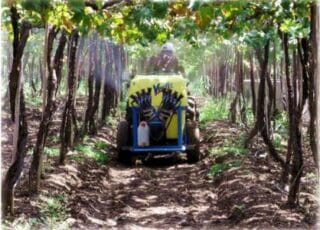
Low-Volume-Sprayer-NOBILI


